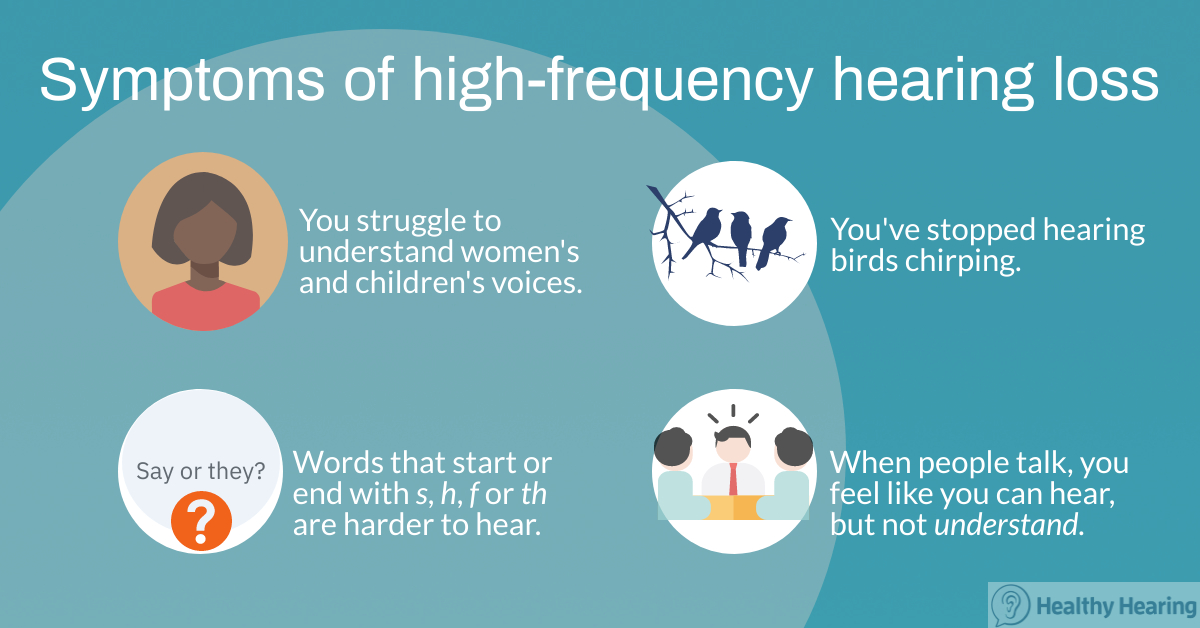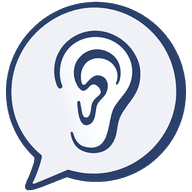On the challenges of noise

Noise is an important consideration in aeromedical safety. It is the second most important sense to pilots (after vision) and is the most valuable form of communication between flight crew and outside services. Here we acknowledge how noise adds another level of complexity to aeromedical transport.
Recently our service has been trialling new helmets with inbuilt ear protection and comms. Two options are available, of which I have been preferentially using one over the other (having not really tested the other one). On night shift recently I switched. The impacts of this on my communication and hearing ability was so much more than I ever expected.
Despite trying it on before loading into the aircraft, checking that the headphones portion fitted well and tinkering with the comms settings in the aircraft, I quickly realised once the helicopter was running that I was going to have a challenging time with my helmet. With all the additional ambient noise of the propellers, it was apparent that I needed to hold the headphones against my head in order to reduce the noise and be able to hear what my colleagues were saying. Despite this, and turning up the volume further (much further than usual), I still had to ask my colleagues to repeat various pieces of information. I thought I'd mostly sorted it, when I noticed that we were suddenly changing direction, in a dark piece of countryside, and coming into land in a much smaller place than I had expected. Something had changed and I had absolutely no knowledge of the comms that had been going on between the team. Looking around me I could see that everyone was calm and in control. With enquiry I quickly found out that we had been diverted to attend another patient, and I got myself up to scratch with information, but this was a significant concern.
Absence of high quality comms means that in a time of crisis, I would've been completely useless to my team. Critical messages may not have got across. A serious adverse event could've happened. Comms are everything.
Time to learn about noise.
Sound consists of three components. These are frequency, intensity and duration. Various extremes of these can create noise.
Frequency. Human ears can hear frequencies (pitch) of 20-20000Hz, with normal conversation occurring at 300-4000Hz. Different types of stereocilia in your cochlear are responsible for different frequency hearing. Once these are damaged they are unable to repair, and this results in hearing loss.
Intensity. This reflects how loud a noise is and is measured in decibels. With hearing loss higher decibels are required for sound to be perceptible.
Duration. Longer durations of noise correlate with higher risk of hearing loss, but short durations can be equally as dangerous with higher intensity. Think of a gunshot vs the constant hum of a helicopter.
https://www.faa.gov/pilots/safety/pilotsafetybrochures/media/hearing.pdf

With experience, pilots are able to detect the absence of normal sounds or the presence of abnormal sounds of the aircraft, so hearing these is important. It is however crucial that we protect ourselves from the risks associated with noise that originates from our workplace.
There are really only two means of hearing protection
- Avoidance - remove yourself from any place of unnecessary noice e.g: go inside when the aircraft is active, minimise time in noisy places
- Isolation - use of ear plugs, ear muffs, sound isolating headsets, high quality communications devices removing the need for high volume headphones, or a combination of all of these
Paramount to all of this is personal safety, both with preventing hearing loss, and ensuring that essential communication can occur between you and others. I have learnt the importance of appropriate fitting hearing protection and optimising communication as early as possible.
